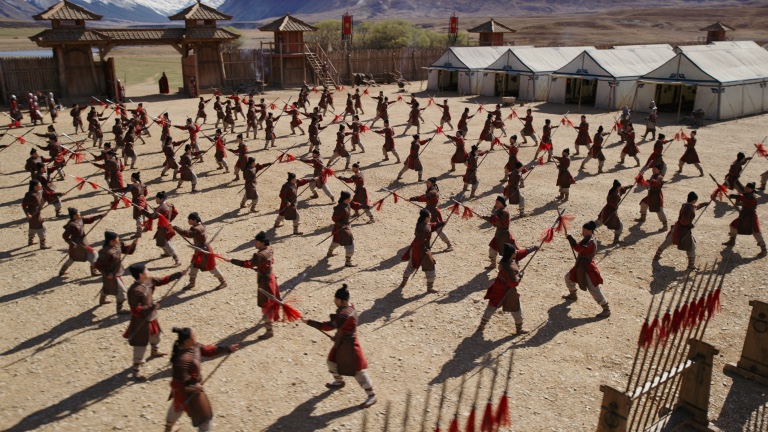
Many filmmakers would consider “Popcorn Movie” a derogatory term, but our industry is founded on them. Essential to a good “Popcorn Movie” is nonstop action and total immersion in the realism of the story. This definition describes the Oscar-nominated, Unstoppable, directed by veteran filmmaker Tony Scott. Supervising sound editor Mark P. Stoeckinger had a lot to do with the convincing realism of the story. From the opening title sequence, the world of railroading comes to life aided, to a large degree, by the sounds that are a major part of that world.
There is a villain in this movie, but it is not a villain of flesh and blood, but rather it is a metallic monster, the runaway train pulled by engine 777. The “voice” of the engine is a “roar” that defines the monster. Stoeckinger revealed, “The 777 character sound came from something that Bill Kaplan, the production sound mixer, recorded on the set. It was a piece of the sound of one of the trains doing their dynamic braking when they’re slowing down, but it doesn’t sound like they are slowing down. It sounds like they are speeding up. It’s actually the reverse thrusters of the train.”
Scott loved it so much that they sent Ken Johnson, who is not only a sound effects recordist, but a huge train fan, to chase trains and get as many variations as possible of that sound. Then Alan Rankin, one of the sound designers, took that and manipulated it, and made it into that monster of a sound. Stoeckinger further explained, “The train ultimately is a character. That triple seven train is an inanimate object, but it needs to be personified as ‘The Beast’ as it is called in the script. All those sounds helped define it as such.”
Stoeckinger continued, “Another challenge was making sure I fully understood what Tony wanted, because I had not worked with him before. Tony is a real hands-on guy and would stand right next to the track as the trains passed by. He wanted us to convey the experience that he felt to the audience. I had seen virtually all of his films, so I knew the palate of styles he uses. This one was very clear from the get go, but how a sound is going to compliment the story, embellish it, and provide that experience was the challenge.”
As to the final mix at Todd-AO West, Stoeckinger said, “It definitely was well balanced! Harry Gregson-Williams score was awesome, not only because it provided all of this energy, excitement and just kept it going – especially where you can’t play sounds effectively – but it was transparent, in that it didn’t get in the way of the sound effects. Tony’s methodology is different from most directors. It’s very important for him to sort out all the ingredients in his mix before he gets to the dub stage.” To accomplish this, Scott actually has a temp mix room next to the cutting rooms for auditioning sounds and pre-dubbing. At the dub, he sits right between the mixers from the first thing in the morning, until the end of the day. Tony Scott truly is a “Hands-On” type of director.





